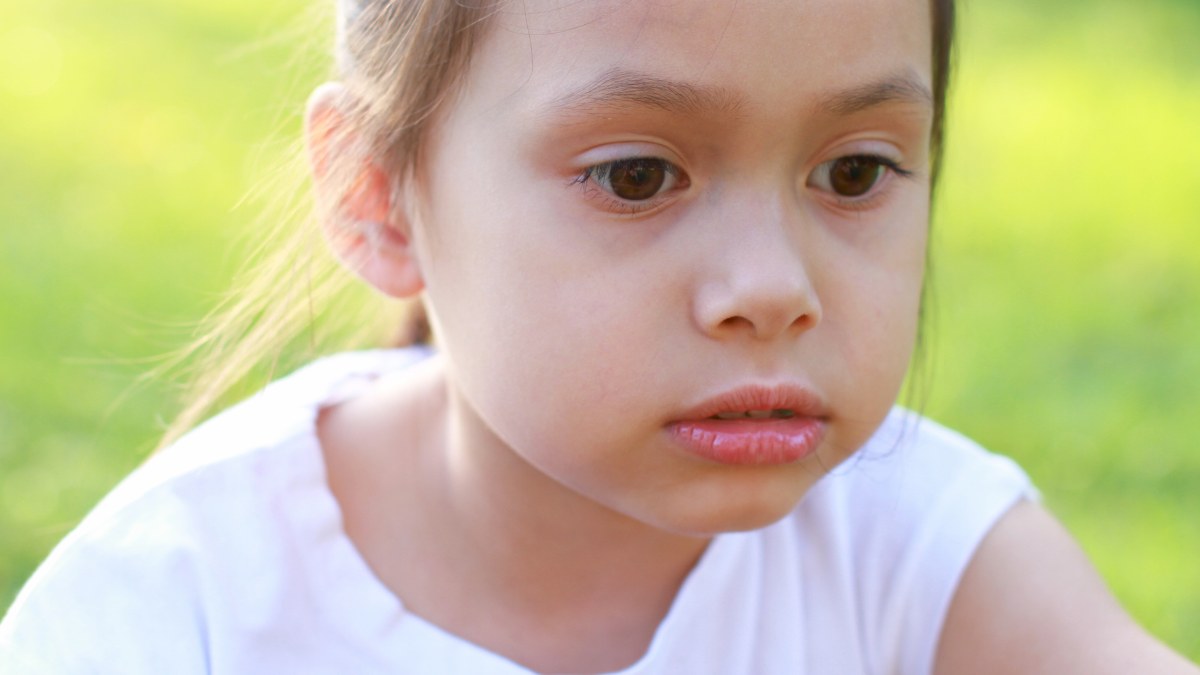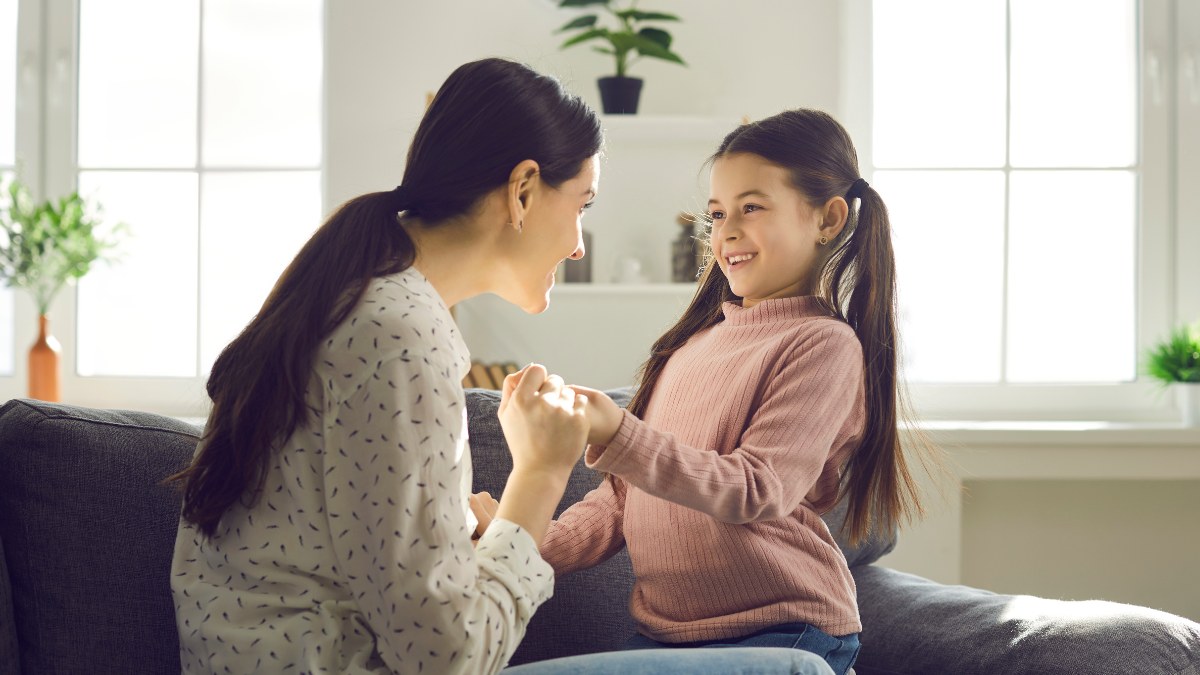Bright Lights and Autism: Sensory Tips for Parents
Bright lights and autism can be overwhelming for kids—discover sensory-friendly tips and practical strategies parents can use to create a more calming environment.

Bright Lights and Autism: Sensory Tips for Parents
Key Points:
- Bright lights can easily overwhelm children with autism due to sensory processing differences.
- Practical changes at home and in public settings can make a significant difference.
- ABA therapy can support long-term coping strategies related to light sensitivity and more.
For many children with autism, lighting isn’t just a background detail—it’s a sensory event that can make or break their ability to engage, regulate, or simply stay calm. When we talk about bright lights and autism, we’re addressing a real, often daily challenge for families navigating sensory processing issues. From flickering fluorescents to sudden sunlight glare, lighting can trigger discomfort, meltdowns, or shutdowns in ways that are hard to predict but crucial to understand.
This article explores why some kids on the spectrum are especially sensitive to lighting, how you can make their environments more manageable, and what support—like ABA therapy—can look like when light sensitivity affects day-to-day life. If you’ve ever wondered why your child covers their eyes indoors or becomes agitated at the grocery store, this guide is for you.
Why Bright Lights Can Be Overwhelming for Autistic Kids
Sensory processing differences are common in individuals with autism spectrum disorder (ASD). That means what might seem like a mild stimulus to most people—a soft LED ceiling light, for example—might feel painfully intense or even disorienting to a child with autism. This sensitivity isn’t imaginary or just a matter of preference. It’s neurological.
Children with autism often experience hypersensitivity to visual input. This means their brains process light more intensely, leading to:
- Eye discomfort or pain
- Headaches or squinting indoors
- Difficulty focusing or transitioning between spaces
- Emotional distress or behavioral outbursts in brightly lit environments
Artificial lighting, especially flickering fluorescents or high-contrast LEDs, can be particularly triggering. Even seemingly “normal” environments like classrooms, malls, or waiting rooms can become overwhelming fast. Understanding the nature of bright lights and autism helps us plan ahead with compassion and strategy.
5 Everyday Signs That Light Sensitivity is Affecting Your Child
Not every child will be able to express their discomfort with lighting clearly. Instead, you’ll often see indirect signs. Recognizing these can help you adjust the environment before the stress builds.
Here are some common ways light sensitivity might show up:
- Covering or shielding eyes, even in moderate lighting
- Refusing to enter brightly lit rooms
- Increased irritability, anxiety, or restlessness indoors
- Meltdowns that coincide with exposure to sunlight or artificial light
- Seeking out dark corners or shaded areas
If you’re noticing these behaviors in certain places—like stores, classrooms, or at home in the evening—it’s worth considering whether lighting might be a trigger.

5 Practical Ways to Reduce Light Sensitivity at Home
Creating a sensory-safe space at home can be a game-changer for your child. Since home is often where a child feels safest, it’s the ideal place to introduce sensory accommodations.
Here are several environment-friendly changes you can make:
- Switch to Warm, Adjustable Lighting: Replace harsh overhead lighting with lamps that use warm-toned bulbs. Dimmable lights can allow for moment-to-moment control based on how your child is feeling.
- Use Natural Light Strategically: Natural light is often more tolerable than artificial light. Open curtains during the day but use sheer drapes to soften direct sunlight and prevent glare.
- Limit Fluorescent and Flickering Lights: Avoid compact fluorescent bulbs, which can flicker at a rate perceptible to sensitive eyes. Opt for high-quality LEDs labeled as flicker-free.
- Create a “Low-Light” Retreat: Set up a designated quiet space—maybe a tent, a closet corner, or a special room—with low lighting where your child can decompress when needed.
- Let Your Child Have Lighting Input: Offer choices between lamps, string lights, or nightlights so they feel some control over their environment. That sense of agency can reduce anxiety.
Navigating Public Spaces with Light-Sensitive Kids
Outings don’t have to be off-limits if your child is sensitive to bright lights. With a bit of planning and the right tools, you can help them feel more comfortable when the lighting isn’t within your control.
Before diving into strategies, remember that preparation goes a long way. Talk to your child about what to expect, use social stories if helpful, and bring familiar sensory tools to support them in new environments.
Here are some tips for managing bright lighting in public:
- Pack Sunglasses or Visors: These can provide immediate relief when transitioning between environments with different lighting.
- Try Tinted Lenses: Some children benefit from prescription or over-the-counter glasses with lightly tinted lenses to reduce visual overstimulation.
- Scope Out Lighting in Advance: Visit unfamiliar places ahead of time (or check photos online) to assess their lighting setup and plan accordingly.
- Ask for Accommodations: If you’re visiting a therapy clinic, school, or medical office, it’s okay to request a dimmer room or ask them to turn off overhead lights temporarily.
- Plan Visits During Low-Traffic Hours: When possible, go shopping or attend events at times when crowds and overhead lighting are reduced. Early mornings or just before closing are often ideal.
When to Consider ABA Therapy for Light Sensitivity
If light sensitivity is interfering with your child’s ability to function, learn, or enjoy daily activities, it may be time to bring in professional support. ABA therapy—when tailored to your child’s needs—can be instrumental in helping children with autism navigate sensory challenges like bright light sensitivity.
At Supportive Care ABA, we work with families to help children gradually build tolerance and coping strategies through structured, positive reinforcement. This isn’t about forcing a child to “get used to it.” Rather, it’s about giving them tools to self-advocate, regulate their emotions, and find ways to function in less-than-ideal environments—while still honoring their sensory needs.
Therapists can also help break down larger tasks (like going to a brightly lit doctor’s office) into manageable steps, using visual schedules, reinforcement systems, and child-led pacing. These are evidence-based approaches rooted in ABA that have helped many families improve not just sensory tolerance—but quality of life.
Tools and Products That Can Help
There’s no one-size-fits-all fix for sensory processing challenges, but the right tools can make a big difference. If you're just getting started with light accommodations, consider a few of these options.
Here’s a breakdown of some tools that parents have found helpful:
- Clip-on Light Filters for School or Home: These soften overhead lighting in spaces you can’t fully control. They're inexpensive and easy to install.
- Noise-Canceling Headphones (Yes, Really!): Bright lights and loud sounds often go hand-in-hand in overstimulating environments. A good pair of headphones can help your child feel calmer overall.
- Portable Tent or Pop-Up Canopy: For outdoor events or playgrounds, these provide both shade and a sense of security.
- Visual Supports and Light Preference Cards: Laminated cards your child can use to communicate their lighting needs without needing to verbalize discomfort—great for nonverbal or minimally verbal kids.
Remember: these tools work best when paired with consistent support, clear routines, and positive reinforcement—all things ABA therapy can guide you through.

Supporting Your Child Long-Term
Managing bright lights and autism isn’t just about reducing stimuli—it’s about building resilience, communication, and trust. When your child knows they have options and that their sensory needs are valid, they’re more likely to engage, explore, and learn.
What works may change as they grow. You might find that a child who couldn’t tolerate certain lights as a toddler becomes more flexible in elementary school. That growth doesn’t happen by chance—it’s often supported by consistent routines, skilled therapists, and family-wide education.
At Supportive Care ABA, we specialize in helping families navigate these kinds of sensory struggles with care and evidence-based tools. Through ABA therapy in North Carolina, Georgia, Oklahoma, Virginia, and Indiana, we support children in building skills that last—whether that’s coping with bright lights, learning to self-advocate, or simply thriving in a world that isn’t always sensory-friendly.
If you’re ready to explore how ABA therapy can support your child’s sensory and behavioral needs, we’re here to help. Reach out today.








.jpg)
.jpg)


%20(1).jpg)
.jpg)
